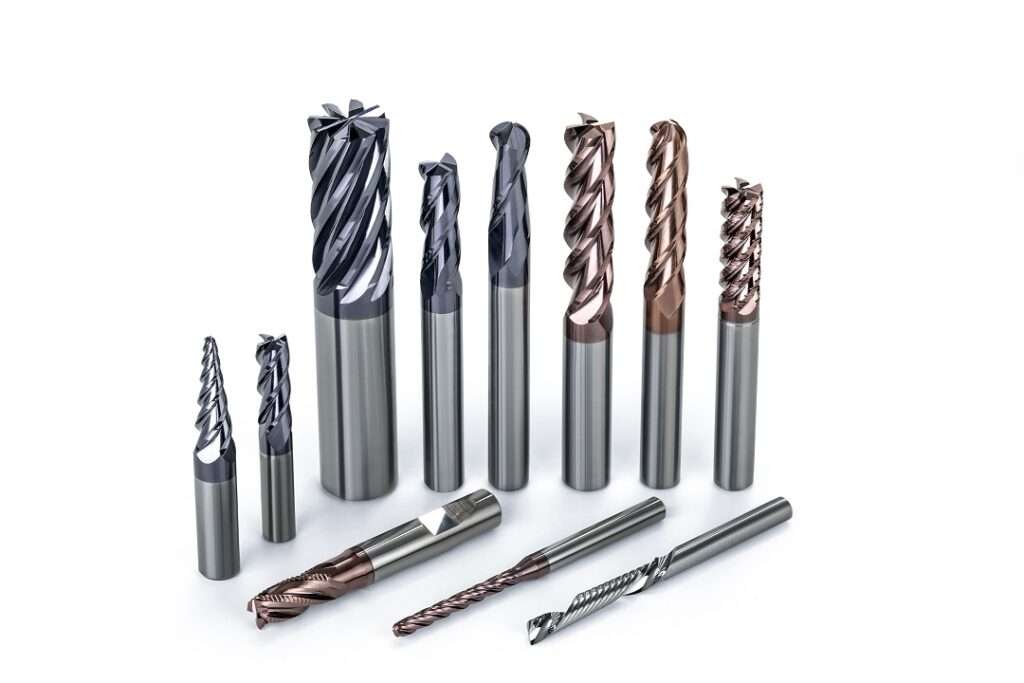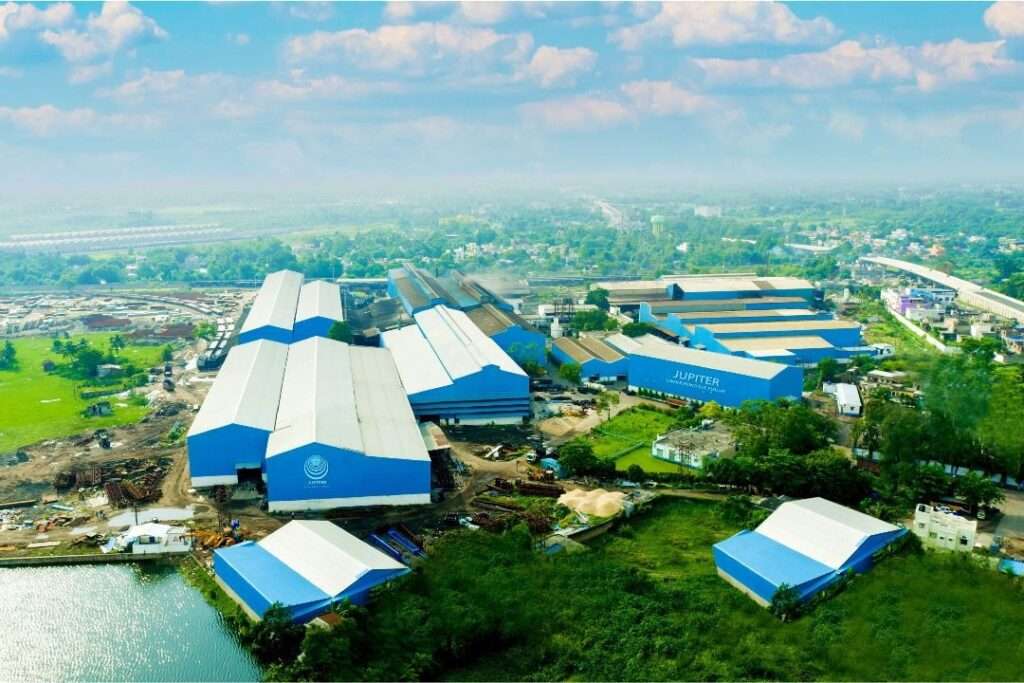Coal India (CIL) has unveiled a comprehensive roadmap to phase out the import of heavy-duty mining equipment over the next six years. This strategic move is expected to save the world’s largest coal miner approximately Rs 1,000 crore annually in additional expenses incurred on customs duties while promoting domestic manufacturing.
A specialized committee focusing on the domestic production of heavy machinery has submitted its report and recommendations to the Coal Ministry. The key focus of the report is on standardizing equipment to enhance domestic manufacturing for Captive/Commercial Mine operators, MDO/Outsourcing contractors, and departmental equipment. These recommendations are in harmony with CIL’s ongoing initiatives to standardize equipment.
One of the crucial recommendations is to introduce tender clauses that promote the use of indigenous equipment, supporting the “Make in India” mission. The committee also suggests implementing a scheme to incentivize manufacturers for designing, developing, and producing equipment within India for five years under the Make in India initiative. CIL’s ambitious plan also involves comprehensive standardization of mining equipment for deployment. The primary objective is to encourage the widespread use of domestically manufactured equipment in various aspects of coal production, transportation, and monitoring without compromising productivity.
Presently, CIL is importing high-capacity equipment with a valuation of Rs 3,500 crores, resulting in additional expenses of Rs 1,000 crores in customs duties. The gradual phasing out of imports over the next six years is designed to promote domestic manufacturing. CIL has already incorporated high-capacity machines from domestic manufacturers, and the strategic plan aims to reinforce this shift.
As part of the initiative to advance “Make in India,” CIL has issued standardization guidelines. This not only stimulates the manufacturing sector but also aligns with the overarching goals of Atmanirbhar Bharat and “Make in India.” The focus on promoting indigenous equipment capabilities is expected to reduce the breakdown period of imported equipment, which often remains non-operational due to a lack of spare parts.
To implement these recommendations effectively, CIL plans to manufacture major aggregates such as engines, transmission systems, differentials, and motors, with duty restrictions on the required parts and materials. The committee responsible for these recommendations was chaired by the Director (Technical) at CIL. The Ministry of Coal has highlighted that CIL has already identified domestic manufacturers for the production of mining equipment for both opencast and underground mining, along with technology upgrades and capacity enhancements.
This strategic move by CIL not only addresses the immediate cost-saving aspect but also contributes to broader national initiatives of self-reliance and promoting indigenous manufacturing. The phased reduction in equipment imports is expected to have a positive impact on the domestic manufacturing sector, fostering innovation and technological advancements in heavy-duty mining equipment. Additionally, the alignment with “Make in India” initiatives will likely attract investments and further strengthen the country’s position in the global manufacturing landscape.
Coal India’s phased approach to reduce the import of heavy-duty mining equipment represents a significant step toward self-reliance, cost savings, and boosting the domestic manufacturing sector. The comprehensive plan, backed by standardization guidelines and incentives, positions CIL as a key contributor to India’s “Make in India” and Atmanirbhar Bharat initiatives.








